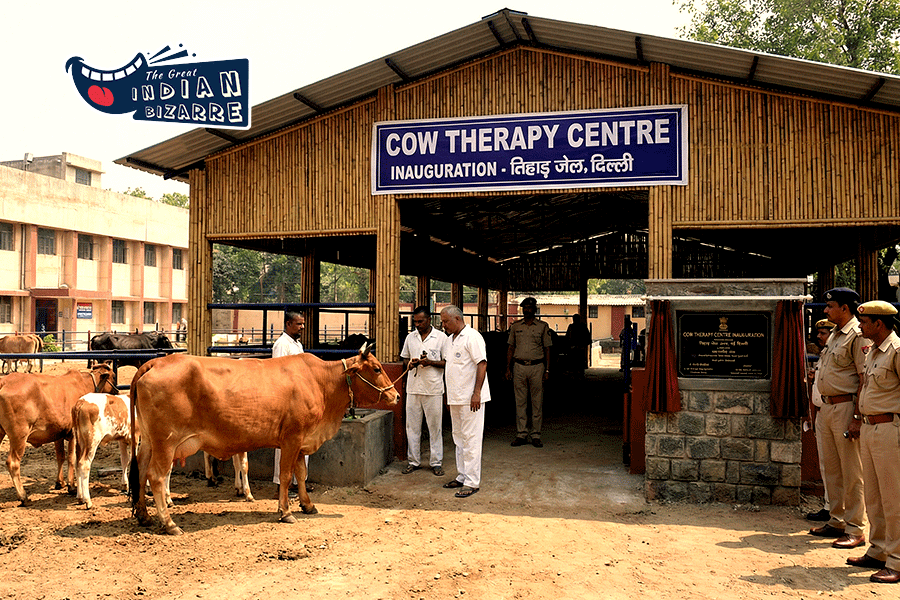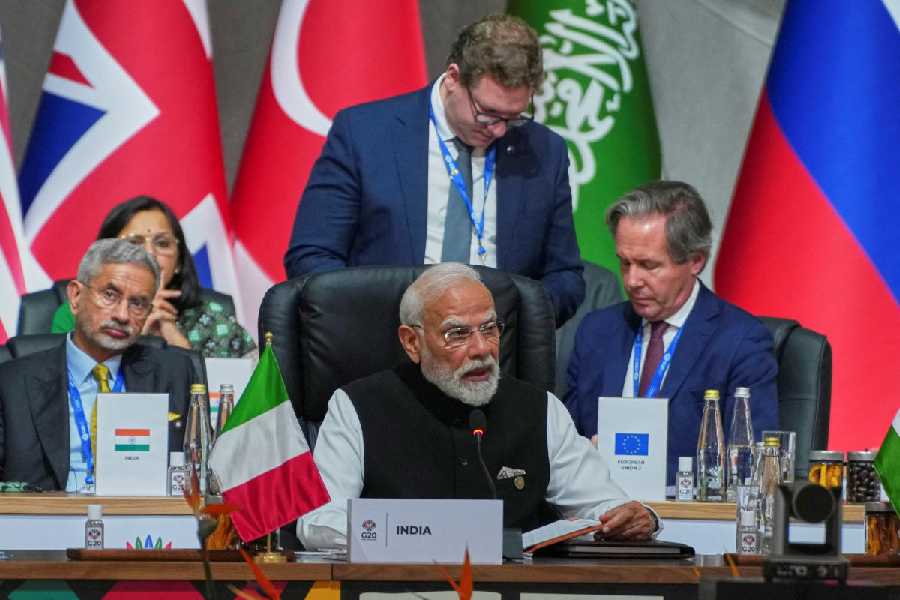 Sunday, 23 November 2025
Sunday, 23 November 2025
 Sunday, 23 November 2025
Sunday, 23 November 2025
Two years after the Gaza war erupted following Hamas’s deadly assault on southern Israel on October 7, 2023, the conflict continues to leave a devastating imprint on the region.
Below is a summary of the death, destruction, and diplomatic developments that have defined two years of the Gaza conflict, based on data and reports from Reuters and other media outlets.
Gaza peace talks
Delegations from Israel and Hamas held their first day of indirect negotiations in Egypt on Monday on US President Donald Trump's plan to halt the war in Gaza, wrestling with contentious issues such as demands that Israel withdraw and Hamas disarm.
Israel and Hamas have both endorsed the principles behind Trump's plan, under which fighting would cease, hostages will be freed and aid will pour into Gaza.
The plan also has the backing of Arab and Western states. Trump has called for negotiations to take place swiftly towards a final deal, in what Washington hails as the closest the sides have yet come to ending the two-year-old conflict.
Deaths in Gaza
Since October 7, 2023, more than 67,000 Palestinians have been killed in Gaza, with nearly a third of the dead under the age of 18, according to Gaza health authorities.
The health ministry in Gaza does not distinguish between civilians and fighters in its tally. Israel has said at least 20,000 of the dead were fighters.
Israel says its offensive is aimed against Hamas and that it tries to avoid killing civilians, but that the group hides among the civilian population, an assertion that Hamas denies.
A UN commission of inquiry last month assessed that Israel had committed genocide in Gaza - citing the scale of the killings as one of the acts backing up its finding. Israel called the finding biased and "scandalous".
Israeli Deaths
At least 1,665 Israelis and foreign nationals were killed as a result of the war between October 7, 2023 and September 29, 2025, according to Israel information. Of these, 1,200 were killed in the October 7 attack.
The Israeli military says 466 of its soldiers have been killed in combat, and 2,951 others wounded, since its Gaza ground operation began on October 27, 2023.
Hamas took 251 people back to Gaza as hostages after the October 7, 2023 attack. Israel says 48 hostages remain in Gaza, of whom 20 are believed to be alive.
Under a plan the two sides are discussing for halting the war, the remaining hostages would be handed over in a swap for Palestinian prisoners held in Israel, but a prompt agreement at the talks is unlikely, officials say.
Damaged Buildings
Around 193,000 buildings in Gaza have been destroyed or damaged, according to an analysis by the United Nations Satellite Centre of the latest figures from July.
About 213 hospitals and 1,029 schools have been targeted, it said. Only 14 of Gaza's 36 hospitals are still partly functional, according to the World Health Organisation.
Displacement
Since Israel expanded its military campaign in Gaza City in mid-August, vowing to root out Hamas fighters, the UN has recorded over 417,000 displacements of people from the north to the south of the enclave.
Israel has urged Gaza City residents to head south. But conditions in southern Gaza are dire, with families crammed into makeshift tents and over-stretched services trying to cope with new arrivals, aid agencies say.
Food and Hunger
A global hunger monitor said in August that famine had taken hold in Gaza City and was likely to spread. Israeli Prime Minister Benjamin Netanyahu dismissed the report as an "outright lie".
The Integrated Food Security Phase Classification system said 514,000 people - close to a quarter of Palestinians in Gaza - were experiencing famine.
At least 177 people – including 36 children – have died from starvation and malnutrition since famine was confirmed in parts of Gaza, according to the health ministry in Gaza.
Over 60 per cent of pregnant women and new mothers are suffering from malnutrition, the UN Population Fund has said.
Aid
On May 21, Israel lifted an 11-week blockade on supplies entering Gaza. Aid agencies have said the trickle of aid reaching Gaza has fallen far short of needs.
Numerous aid agencies say they still face restrictions and logistical hurdles, including the closure of the Gaza-Israel Zikim Crossing on September 12 and the closure of the Allenby crossing between the Israeli-occupied West Bank and Jordan for food aid supplies on September 24.
Israel says there is no quantitative limit on food aid entering Gaza and accuses Hamas of stealing aid, accusations the Palestinian militant group denies.
About 73 per cent of aid trucks carrying food assistance into Gaza in September were intercepted by hungry civilians or forcefully by armed gangs, according to OCHA.
Since May 27, at least 2,340 people have been killed while seeking food or aid in Gaza - about half of them near militarised supply sites and the rest along aid convoy routes, according to OCHA figures as of September 29.
The Gaza Humanitarian Fund, which began delivering food in late May from a small number of distribution centres, has denied incidents occurring near its sites. It operates outside the United Nations and is supported by Israel. It said that as of September 29 it had delivered over 175 million meals.
Al Shifa hospital
On 15 November, Israeli troops enter Gaza's biggest hospital, al Shifa, in Gaza City, after a siege lasting several days during which medical staff say patients including newborn babies died from a lack of power and supplies.
November ceasefire
After weeks of fighting, Israel and Hamas announce the first truce of the war. They agree to pause fighting for four days to exchange women and child hostages held in Gaza for Palestinian women and teenagers detained or jailed by Israel on security grounds, and allow in more aid.
War resumed on December 1. Days later, Israeli forces launch their first big ground assault on southern Gaza, on the outskirts of the city of Khan Younis.







